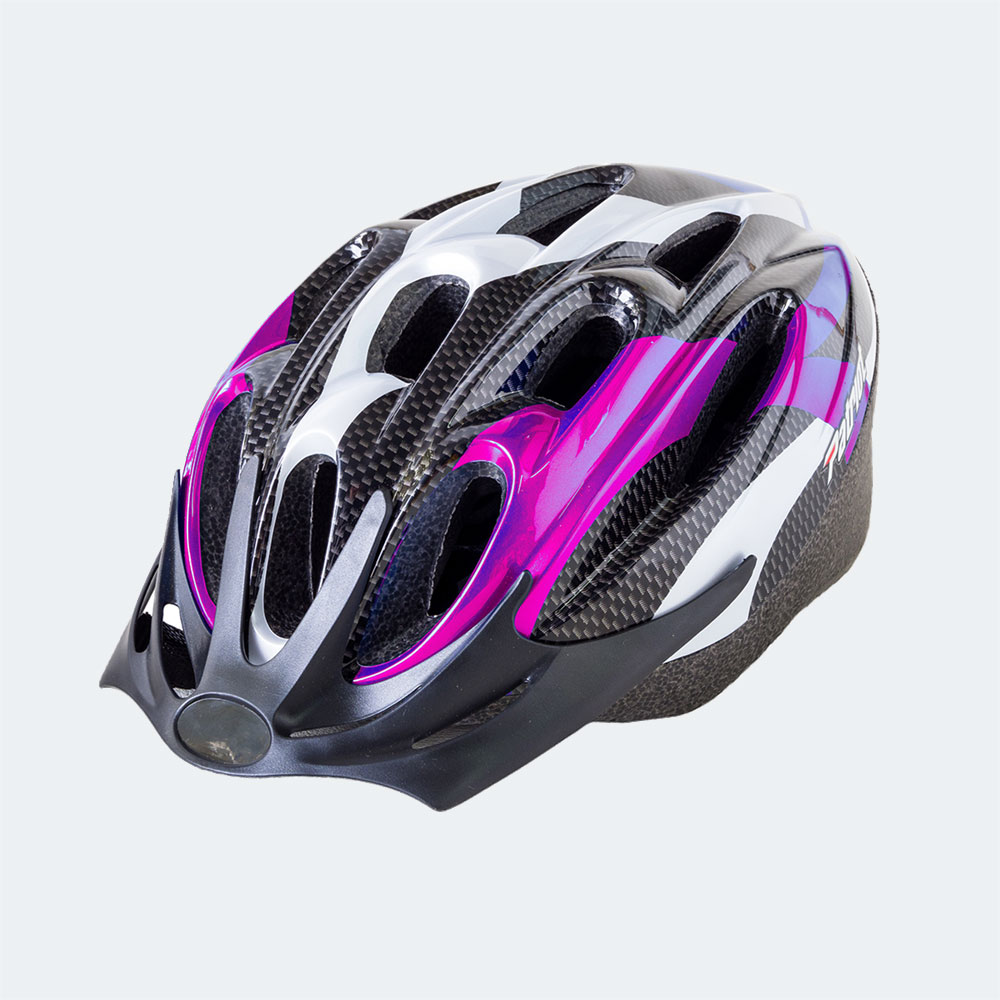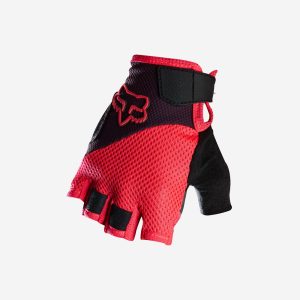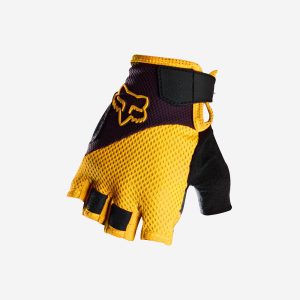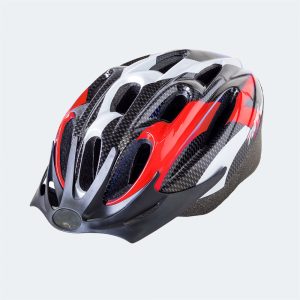The forest smelled of damp earth and pine needles, a scent so deeply ingrained in my memory it felt like part of my own DNA. Sunlight filtered through the dense canopy overhead, dappling the single-track trail in shifting patterns of light and shadow. It was late autumn, and the air held a crisp bite, invigorating and clean. My breath plumed out in faint clouds as I pedaled, the rhythmic crunch of my mountain bike’s tires on the loamy soil a familiar, comforting percussion. And perched securely on my head, a beacon of unexpected colour against the greens and browns, was my helmet – a deep, vibrant purple.
I hadn’t always been a helmet wearer, not religiously anyway. In my younger, dumber days, I’d often forgo it on shorter rides or familiar trails, seduced by the feeling of the wind in my hair and a misplaced sense of invincibility. But a few close calls, watching friends take tumbles, and the gentle (but persistent) nagging of my partner had finally convinced me. This particular purple helmet was a birthday gift, chosen more for its striking colour than any specific technical feature, though I knew it met all the necessary safety standards. It felt light, comfortable, and honestly, I’d grown to like the flash of purple; it felt like me. Still, a small, rebellious part of me sometimes felt it was overkill, especially on days like this when I felt so utterly in sync with the trail, the bike an extension of my own body.
The trail was called ‘Whisper Creek Descent’. It wasn’t the most technically demanding route in the area, but it was fast, flowy, and punctuated by rooty sections, occasional rock gardens, and tight switchbacks that demanded respect. I’d ridden it countless times, knew its quirks, its deceptive dips, its surprise obstacles. That familiarity, perhaps, was the problem. Complacency is a silent, creeping danger on any trail.
I was flying. The bike responded instantly to my slightest shifts in weight, carving through berms, absorbing bumps. The suspension soaked up the rough terrain, and the world outside the narrow ribbon of trail blurred into a wash of green and brown. Adrenaline sang in my veins, a potent cocktail of speed, focus, and the sheer joy of motion. I cleared a small drop-off, landing smoothly, the tires gripping reassuringly. A surge of confidence, maybe bordering on arrogance, swelled within me. I pushed harder, pedaling furiously into the next section, wanting to maintain the exhilarating momentum.
This section was notoriously rooty, a tangled lattice weaving across the path, slick with recent rain and decaying leaves. I usually navigated it with caution, picking my line carefully. But today, fueled by adrenaline, I hit it faster than ever before. My front wheel snagged on a thick, gnarled root hidden beneath a patch of innocent-looking leaves.
Time seemed to warp. One moment, I was in control, exhilarated. The next, the world tilted violently. The sickening lurch of the handlebars being wrenched from my grip, the sudden, terrifying realization that I was no longer riding the bike, but being thrown from it. There was no graceful arc, no time to tuck and roll. It was pure, chaotic ejection.
I flew sideways, airborne for a fraction of a second that felt like an eternity. My trajectory was taking me directly towards a thick, unforgiving oak tree standing sentinel beside the trail. Instinctively, I tried to twist, to shield myself, but physics was brutally indifferent to my intentions. The primary point of impact, I realized with a surge of cold dread washing over the adrenaline heat, was going to be my head.
The sound was horrific. Not a sharp crack, but a sickening thump combined with a scraping, grinding noise. It wasn’t the sound of bone; it was the sound of high-density foam and polycarbonate shell doing precisely what they were designed to do – absorbing and dissipating a catastrophic force. My vision exploded into a starburst of white light, followed immediately by darkness, though I don’t think I truly lost consciousness, just momentary sensory overload.
I landed in a crumpled heap amongst the damp leaves and exposed roots at the base of the oak. The impact reverberated through my entire body. Pain flared in my shoulder and hip where I’d hit the ground after the initial head impact. For a few moments, I just lay there, gasping, the wind knocked out of me. The world spun lazily, sounds muffled as if coming from underwater – the frantic chirping of a disturbed bird, the whisper of the wind in the canopy high above, the faint, distant trickle of Whisper Creek itself.
My first coherent thought wasn’t about pain, but confusion. I hit the tree. Headfirst. Yet, my skull felt… intact. There was a dull, throbbing ache beginning to radiate from the right side of my head, but it wasn’t the blinding, sharp agony I would have expected from colliding with solid oak at speed. Slowly, tentatively, I reached up a trembling hand.
My fingers brushed against the smooth, curved surface of the helmet. Then they found the damage. A deep, ugly gouge marred the purple shell, scoring down to the white foam beneath. Following the line of the gouge, I felt a spiderweb of cracks radiating outwards. A significant chunk of the outer shell near the temple area was crushed inwards, buckled and deformed. The sheer violence etched into the plastic and foam was terrifying. That force, that specific point of impact, had been aimed directly at my temple. Without the helmet, there was no question. The maths was simple and brutal: skull versus ancient oak tree. The oak would win. Every single time.
A wave of nausea washed over me, cold sweat prickling my skin despite the cool air. I sat up slowly, groaning as my shoulder protested. My bike lay a few feet away, handlebars twisted at an unnatural angle, the front wheel slightly buckled. Minor damage, considering. I looked back at the tree. A faint scuff mark on the bark, about head height, marked the point of collision. My collision.
Carefully, I unclipped the helmet’s chin strap. The buckle, thankfully, wasn’t damaged. I eased the helmet off my head, holding it in my hands. Seeing it in the dappled sunlight, the extent of the damage was even clearer. It was ruined. Utterly compromised. The internal foam liner on the right side was visibly compressed and cracked. It had sacrificed itself completely.
I touched my head again. There was no blood. A tender spot was already forming, and the headache was intensifying, but my skull felt solid. My thoughts, though jumbled and racing, were coherent. I could remember my name, the day, where I was. Disoriented, shaken, bruised, yes. But alive, and with my brain seemingly functioning.
The realization hit me with the force of a physical blow, far harder than the actual impact had felt through the helmet. This purple piece of plastic and foam just saved my life. Not in a metaphorical sense, not an exaggeration for dramatic effect. It had absorbed an impact that would have, at the very least, caused a severe skull fracture, traumatic brain injury, or quite possibly, been instantly fatal. The image of what could have happened, the alternative outcome played out in horrifying detail in my mind’s eye, made me shudder violently.
Getting up was a slow, painful process. My shoulder screamed in protest, and my hip throbbed. Adrenaline was fading, replaced by deep aches and a profound sense of shock. I checked myself over more thoroughly. Scrapes and bruises, a likely sprained shoulder, maybe a cracked rib from the secondary impact with the ground, but nothing seemed broken beyond repair. My head continued to throb, a persistent, dull drumbeat reminding me of the near-catastrophe.
Straightening the handlebars and assessing the bike took effort. The front wheel wobbled, but it seemed rideable, slowly at least. The walk back to the trailhead would be long and arduous, pushing the bike over the rougher sections. Every step was a painful reminder, but also a step fueled by overwhelming gratitude.
Hours later, after the slow trek back, the drive home, and a precautionary trip to the emergency room, a doctor shone a light into my eyes, checked my reflexes, and reviewed the X-rays of my shoulder (a severe sprain, no break). He looked at the mangled purple helmet I’d brought with me, turning it over in his hands.
“See this?” he said, pointing to the crushed temple area. “This impact point, right here? Without this helmet, you wouldn’t be sitting here talking to me. Or if you were, you’d likely be facing months, years, of rehabilitation from a severe TBI. Maybe worse. You’re incredibly lucky. This helmet did exactly what it was supposed to do.”
Hearing it stated so clinically, so matter-of-factly, solidified the truth. Lucky wasn’t the word. Protected. Saved.
That night, lying in bed, the aches making sleep difficult, I couldn’t stop thinking about the helmet. That vibrant purple shell, now shattered and useless, sitting on my bedside table like a relic. It was no longer just a piece of safety equipment, or a colourful accessory. It was a tangible symbol of a second chance. It represented the fragile line between a thrilling ride and a life-altering tragedy.
The arrogance I’d felt on the trail was gone, replaced by humility and a deep, abiding respect for the unpredictable nature of the world and the simple, profound effectiveness of protective gear. I knew I’d ride again; the lure of the trail was too strong. But I would never again view wearing a helmet as optional, or as an inconvenience. It would be the first thing I reached for, clipped on with a sense of profound gratitude. That purple helmet, chosen for its looks, had become the most beautiful, most important thing I’d ever worn, because it had allowed me the gift of seeing another sunrise, feeling the crisp autumn air, and smelling the damp earth and pine needles of the forest again. It let me have a future. And for that, I would be eternally thankful. The replacement helmet I ordered the very next day? It was purple, of course. A reminder. A tribute. A promise.




Reviews
There are no reviews yet.